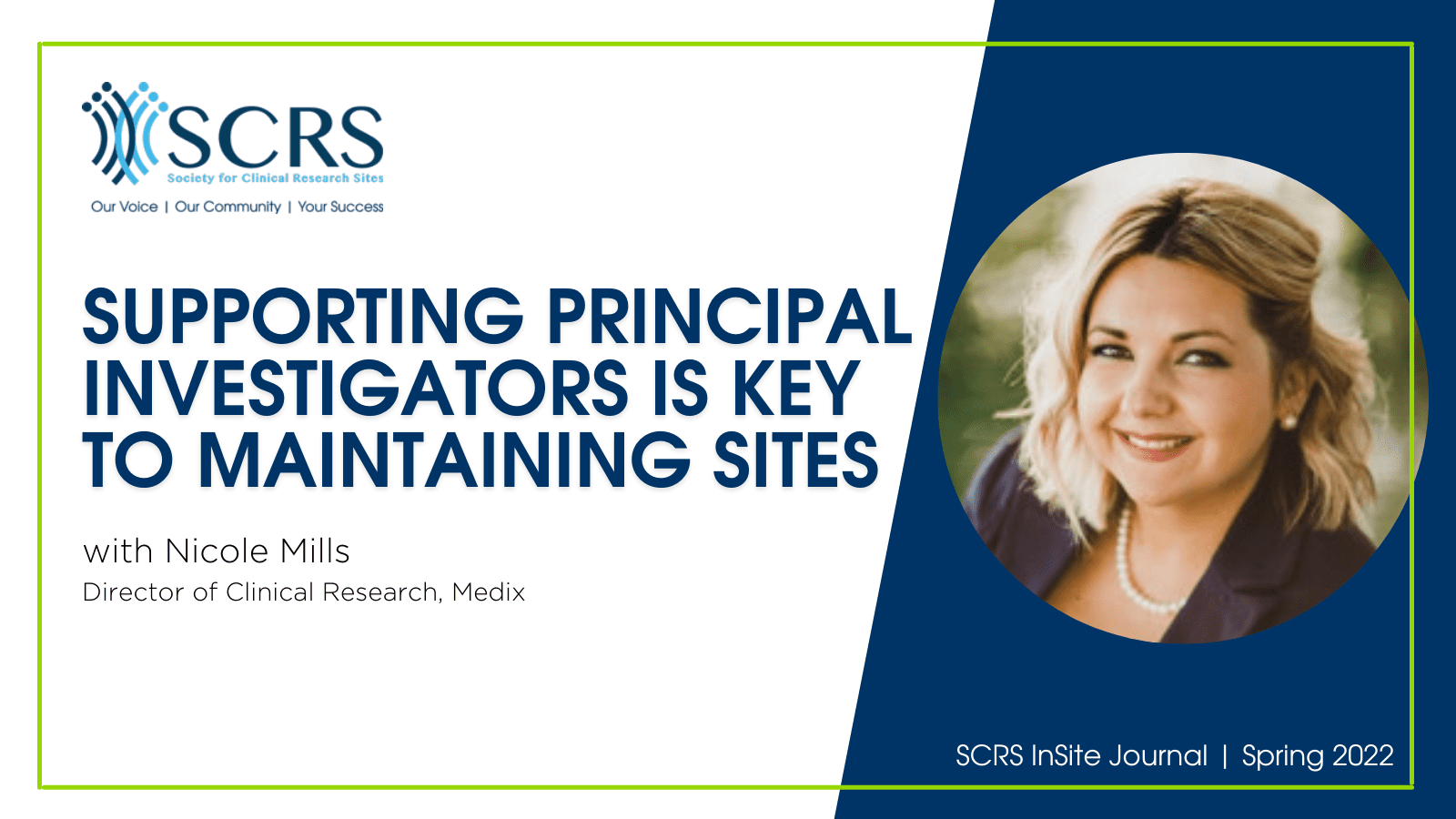Supporting Principal Investigators is Key to Maintaining Clinical Research Sites

A major issue facing clinical research today is the high attrition rates for principal investigators (PIs) working on clinical trials, and the resulting need to continuously recruit and train new investigators. This increases the costs of performing clinical trials and threatens the quality and efficiency of trial conduct. Evidence suggests that many investigators are leaving clinical research due to difficulty balancing workload, time requirements, data and safety reporting burdens, and financial issues.
Troubling Trends for Clinical Research Sites
In data contained in the U.S. FDA’s Bioresearch Monitoring Information System (BMIS) database, of the 172,453 unique investigators who submitted a Form FDA 1572 from 1999 to 2015, 49.6 percent were classified as one-and-done investigators; 12.6 percent as stop-and-go investigators; and 38.7 percent as stayer investigators. Over the study duration, the total number of investigators conducting FDA-regulated drug trials declined by approximately one third. [2] The largest group seeing loss is the stayer group. The most experienced of investigators are leaving research at a record rate.
Knowledgeable and experienced site investigators are vital to conducting efficient, high-quality clinical trials, and substantial time and resources are needed to initiate and train new site investigators. To date, little is known about why investigators stop conducting site-based research or strategies necessary to overcome challenges frequently encountered by investigators.
Research done by Clinical Trials Transformation Initiative (CTTI), a public-private partnership to develop and drive adoption of practices to increase the quality and efficiency of clinical trials, found that nearly half (44 percent) of investigators expressed an interest in continuing to participate in clinical trials, but indicated that they lacked opportunities to do so. This trend of investigator turnover and researchers being inadvertently driven away from clinical research has the potential to threaten the overall quality and efficiency of clinical trials. Because investigator knowledge and experience directly affect the quality and ultimate success of clinical trials, the answers to these questions have important implications for clinical research, patients, and other stakeholders.
Improving Retention and Expanding the Talent Pool
How can we support investigators and maintain that pool of experienced PIs while also drawing in new talent to support clinical trials? There are five steps sites can take to begin to turn the tide:
- Develop site-based research infrastructure and staff to alleviate some of the pressures on the investigator. This means hiring and retaining skilled staff, providing training and certification opportunities for the team, and offering opportunities for collaboration and engagement for the PI and team to solve site issues together.
- Optimize trial execution and conduct. It is crucial to determine if the study protocols are right for the site by performing protocol reviews. Managing and optimizing patient recruitment efforts with the assistance of a dedicated team also helps to alleviate some of the pressures on the PI.
- Improve site budget and contract negotiations by working with sponsors, CROs and vendors to ensure complete and fair payment for tasks. Reviewing the study protocol and creating a cost assessment template for common site costs helps streamline the budgeting process. Creating a master agreement with sponsors/CROs whenever possible to help study startup timelines can also be a useful tool. Ensure the team is aware of key billing components to help with invoicing and addressing outstanding payments to be sure that no money is left on the table.
- Discover opportunities for conducting additional trials. Utilize vendors for trial matchmaking services, contact sponsors/CROs directly for potential study opportunities and hire business development talent to assist with finding new trials for the site.
- Connect PIs with the right site management organizations (SMOs). Finding the right SMO can make all the difference when it comes to organization and management of trials. If a PI doesn’t want to take on the full endeavor alone, SMOs are a great resource.
Clinical research sites are not alone in facing unprecedented levels of turnover; industries of all kinds have been challenged by effects of the Great Resignation. However, when it comes to addressing the high attrition rates for principal investigators, sites need to develop personalized solutions tailored to the realities of research today.
Looking for support for your clinical research site? Medix is here to help. Get in touch with a hiring specialist today.
Note: This article originally appeared in the Spring 2021 edition of SCRS InSite: The Global Journal for Clinical Research Sites.

Work with a Trusted Healthcare & Life Sciences Staffing Partner
Connect with Medix to get the expertise and resources you need to succeed.
